We caught up with some of Australia’s most fearless mountaineers, hikers, canyoners, and adventurer filmmakers to find out ‘what is the one piece of safety advice every adventurer should follow, and why?’.
Here’s what they had to say…
1. Don’t forget the painkillers – Tim Macartney-Snape
Tim Macartney-Snape is one of Australia’s most well-known mountaineers as well as director and co-founder of the outdoor equipment manufacturer, Sea to Summit. Of his dozens of climbing achievements, setting new and difficult routes on Gasherbrum IV and Annapurna II are some of his proudest achievements.
For us mere mortals, it’s humbling to hear that even our adventure heroes still make the odd mistake to learn from. Just like Leave No Trace’s first principle ‘plan ahead and prepare’, Tim’s safety advice is to never go on an adventure you’re not prepared for.
“Because the logic of this is so basic, you would think it was axiomatic and something everyone would do properly,” he says. “But of course we are all guilty at times of not following it to the letter. In my case, it’s usually because I’m busy and trying to multi-task and I’m working on the assumption that because I’ve done it all before, it’s all second nature. Luckily, long experience means that my mistakes are normally relatively trivial, like forgetting to check my headlamp is fully charged.”
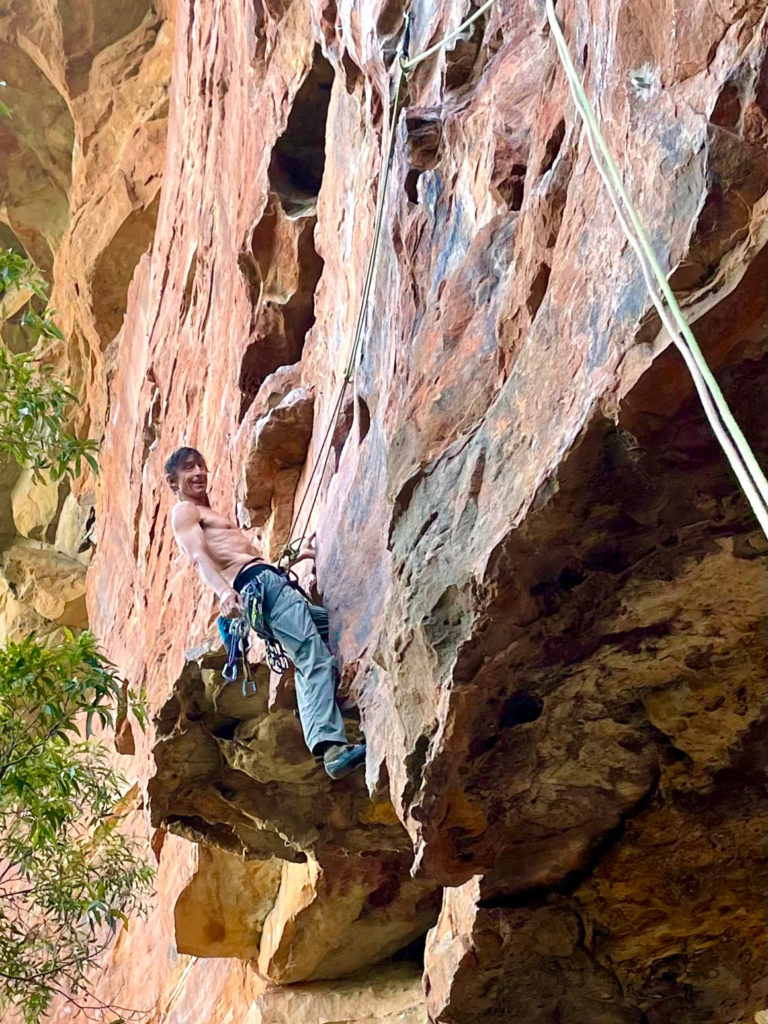
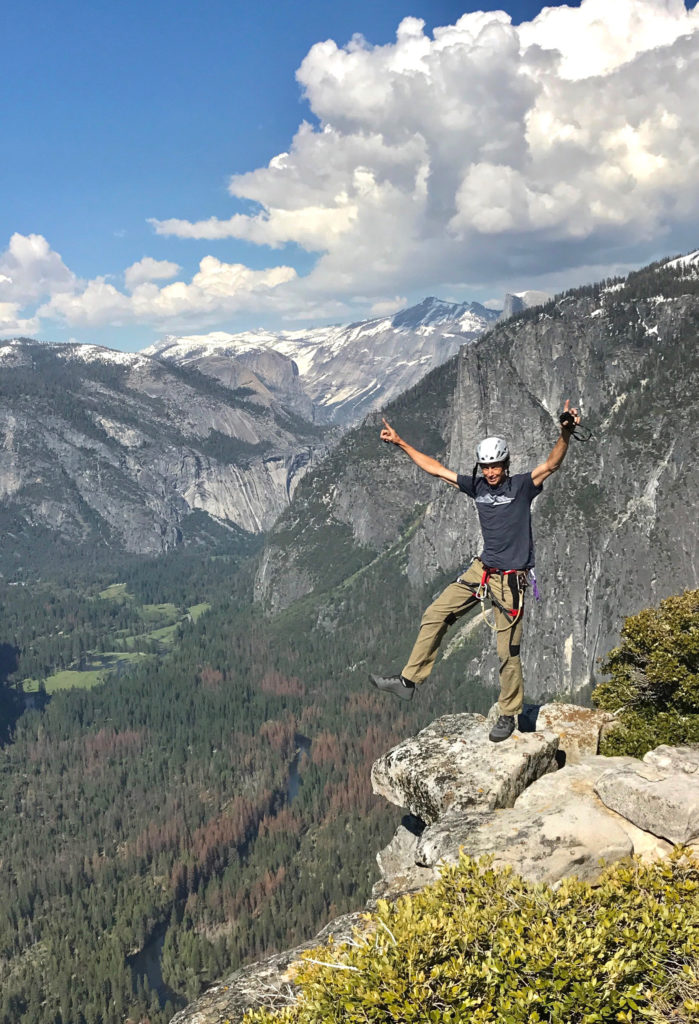
Occasionally though, little omissions can have a big impact, like the time when Tim packed an emergency first aid kit for an alpine multi-pitch climb but forgot that he had used up all the painkillers from it. An expected storm moving in faster than anticipated, led Tim to take a lead fall due to the now-slippery rock face, his camera smashing into his chest, and (as he found out later), rupturing the cartilage on the lower left rib cage.
“It was alarming just how distracting and therefore dangerous the pain was.”
Tim Macartney-Snape
“The snow forced my buddy and I into considering our options,” he continues. “We knew there was only one challenging pitch to the top and getting there would give us access to an easy walk off the back of the mountain. But we also knew that the rock was now treacherous to climb on. We came to the only sensible decision and that was to rappel the twelve pitches we’d just climbed.”
It wasn’t long before the pain of Tim’s injury became an overwhelming distraction to the point – in his own words – where he almost didn’t really care if he lived or not. “It was alarming just how distracting and therefore dangerous the pain was,” says Tim. “The distraction was far more serious than the injury that caused it.”
Tim managed to keep it together and got off the wall safely, where – as fate would have it – a group of nurses out for a day hike were able to help with getting the pain under control. The lesson learned is to never work on assumption and double, and triple check.
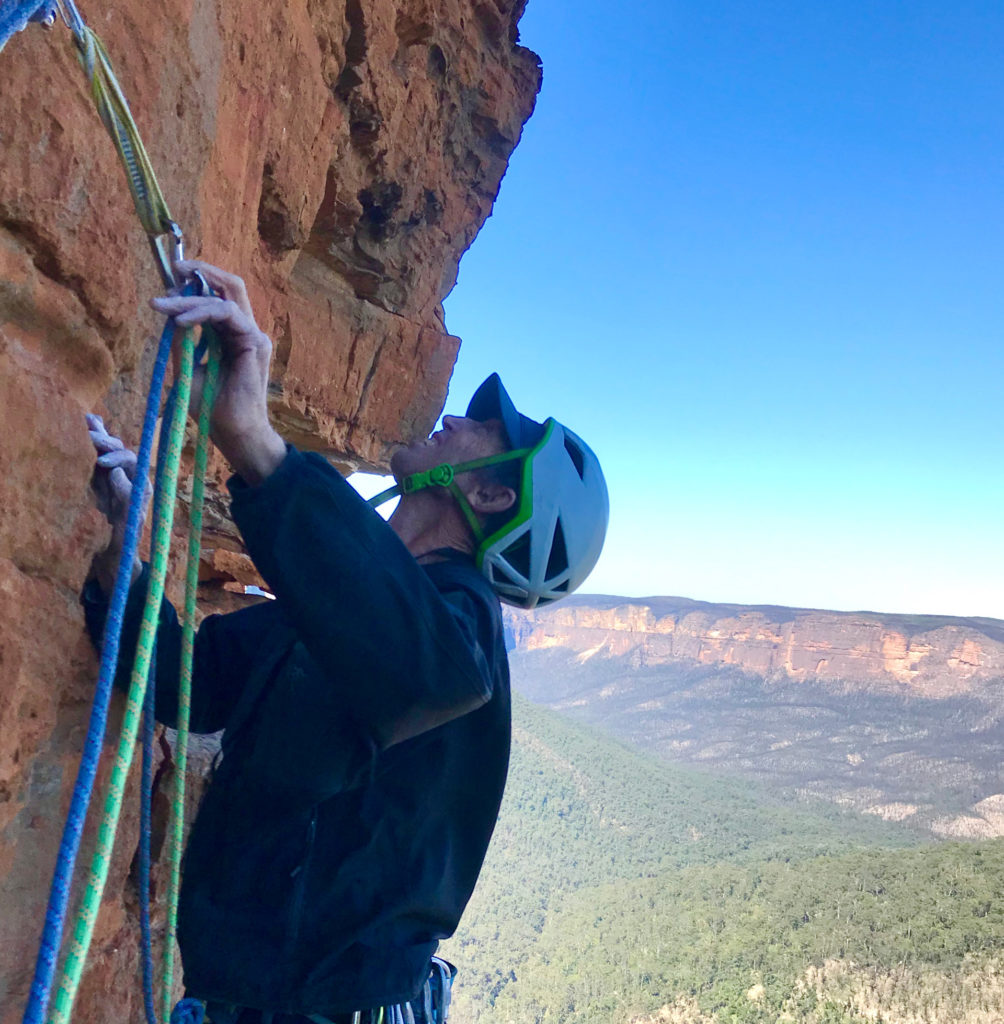
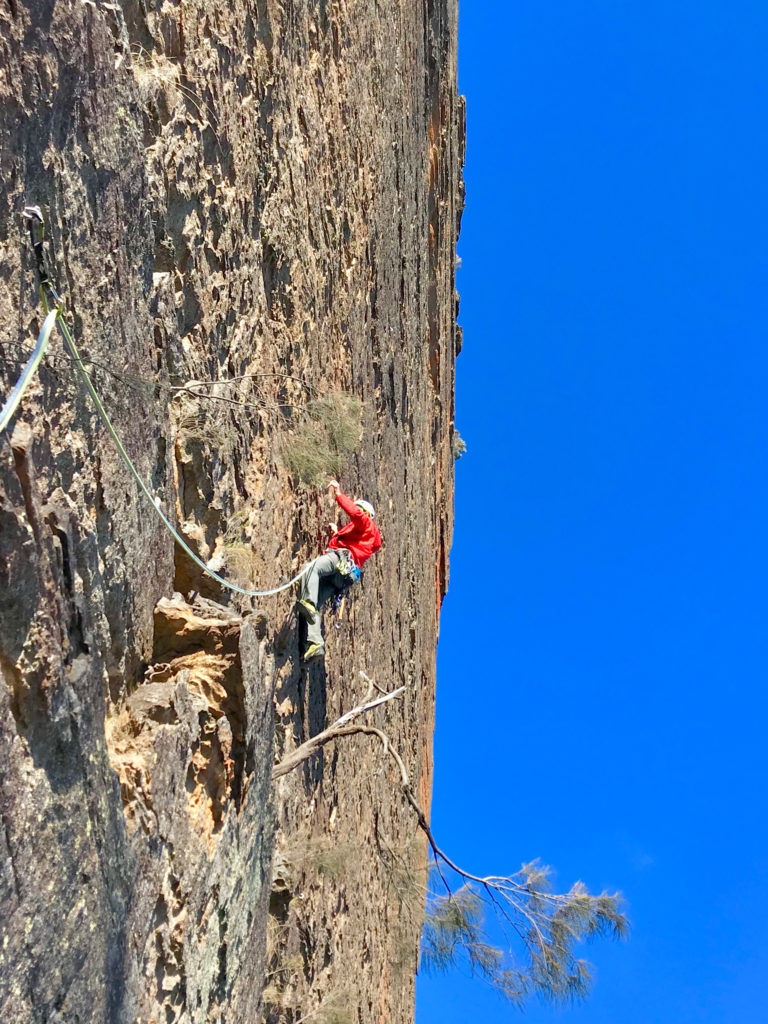
2. There’s always someone better than you – Terra Roam
Terra Roam became the first woman to walk unsupported around Australia, and only the sixth person to ever complete the feat. The 17,000km took four years and since then Terra has completed a 3,000km cycle around Queensland and an 800km snowshoe across the Australian Alps.
While each of these adventures might be vastly different to each other, one thing that has remained the same is Terra’s careful approach to risk and safety. Following all the usual safety advice is standard (think route planning, first aid, carrying PLBs etc), but one thing that perhaps isn’t as obvious is the importance of mentorship.
“There will always be someone more experienced and willing to share their hard-earned wisdom.”
Terra Roam
“Mentorship in the adventure arena is one of the most valuable resources available to us,” explains Terra. “Even as I increasingly mentor others after more than 30 years of wilderness expeditions, I still have mentors of my own for expedition leadership, going into unknown places and training for new pursuits.
“There will always be someone more experienced and willing to share their hard-earned wisdom. It is easier to learn from other people’s mistakes. Your mentors are part of your support crew. After the expedition, your mentor can help you debrief and objectively assess the successes and areas for improvement.”
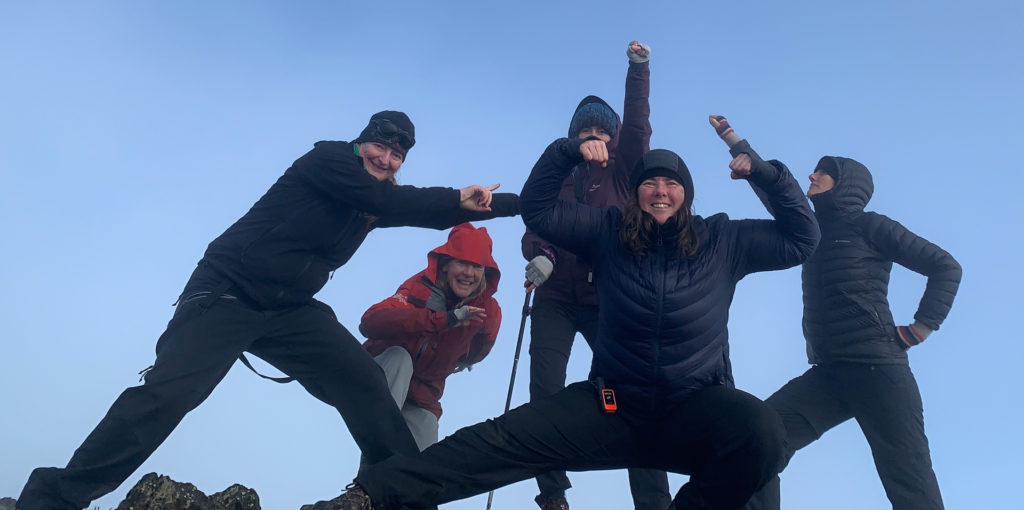
3. Drop the ‘she’ll be right’ attitude – Gemma Woldendorp
Gemma Woldendorp is an adventurer based in the Blue Mountains, Australia. She’s spent most of her life outdoors hiking, rock climbing and mountaineering. Together with her climbing partner Natasha Sebire, Gemma has climbed virgin peaks in Greenland and the Indian Himalaya, set new climbing routes in Siberia, and ice climbed in Canada.
The duo received the Australian Geographic’s ‘Spirit of Adventure Award’ in 2009 for their climbing achievements in India, and Gemma currently works as a climbing and outdoor instructor in Australia and a Field Training Officer in Antarctica. So, the bottom line is, that if anyone knows about safety on expeditions, it’s her.
Gemma’s advice is simple: do your homework so you know what’s involved and what level of skill or ability is required to safely undertake your adventure. Ensure you have – or exceed – those skills and abilities.
“We both needed to be confident that each of us is capable in any situation.”
Gemma Woldendorp
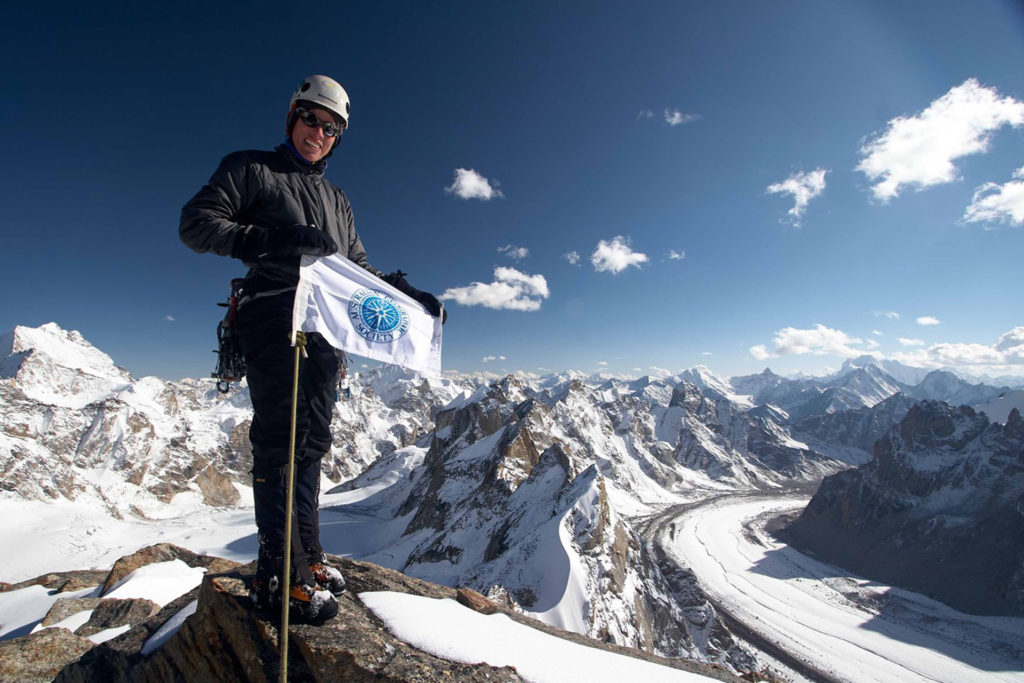
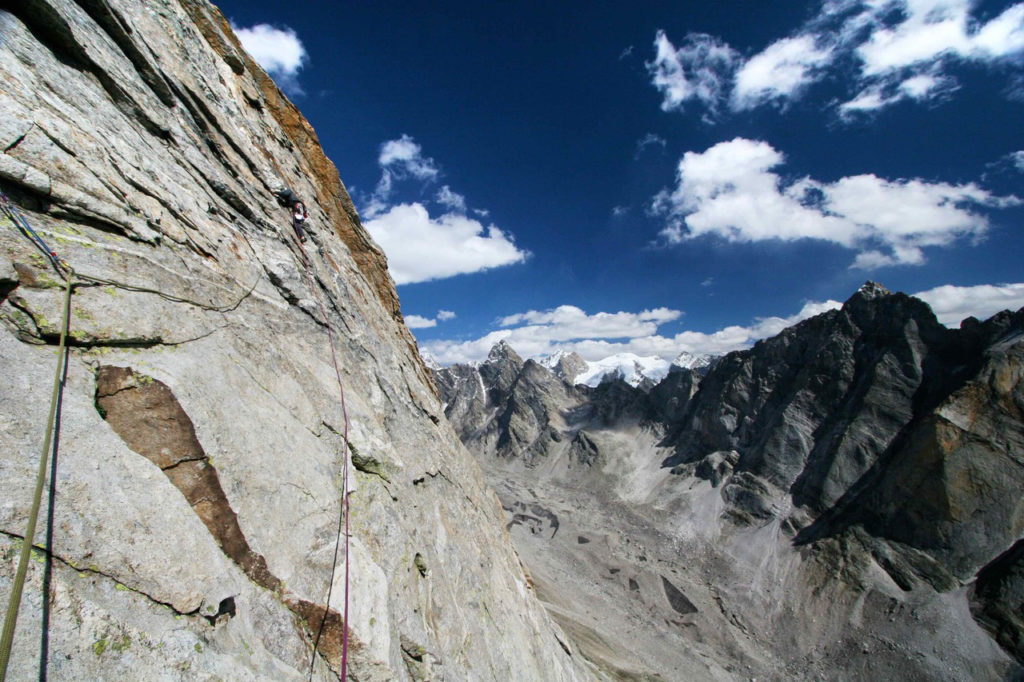
“Most of my climbing expeditions have been to remote areas with my climbing partner,” she explains. “We both need to be confident that each of us is capable in any situation. Whether it’s leading climbing pitches, retreating off a route, conducting a rescue on a rock face or a crevasse rescue, being mentally strong, navigating, using the satellite phone, administering first-aid, etc. We were on our own so needed to deal with whatever came our way.”
Gemma and Natasha have been adventuring together for years now but they built their skills and abilities in a very thorough and structured way.
“We did what is really the right way to adventure,” she explains. “We trained skills and fitness, gained experience, researched places, so that we could gradually do more difficult or complex expeditions. We avoided getting in over our heads. Maybe even more importantly, we didn’t have the attitude that “it won’t happen to us”, but instead we’d plan for “what if this or that happened?”.
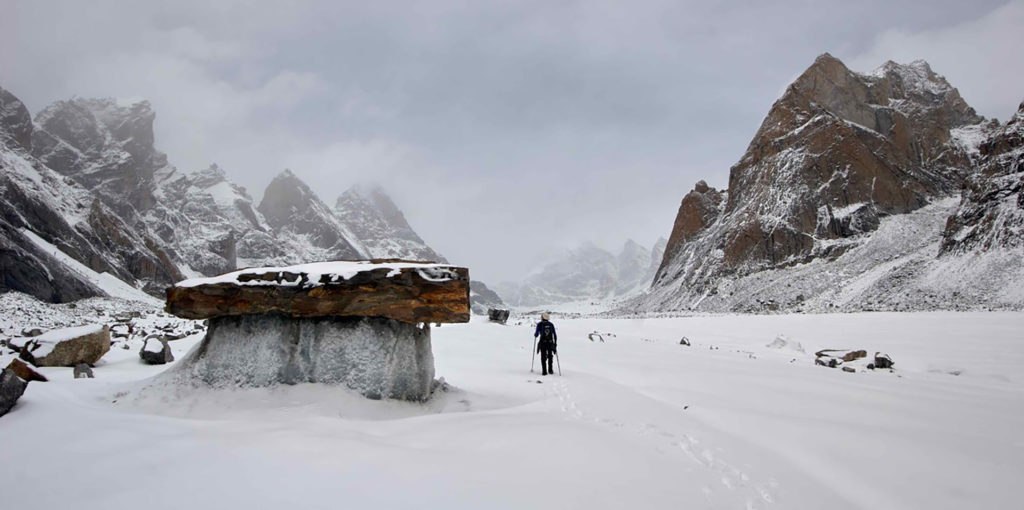
4. Remember you’re human – Bryan Hynes
Filmmaker Bryan Hynes not only loves an adventure but also loves capturing other people’s epic adventures on camera. His latest film – due out 2nd November – captures ultra runner Lucy Bartholomew’s 231km run across the Larapinta Trail in the Northern Territory, Australia.
“…every adventurer should understand the human factor.”
Bryan Hynes
Of course, safety and risk planning is a huge part of Bryan’s process when undertaking films of this genre, but he’s also been able to see up close and personal the mindset of some adventurers and explorers who thrive on pushing their limits.
“In my belief, every adventurer should understand the human factor,” says Bryan. “Nothing is ever inherently risky or unsafe to us until we place ourselves in that situation or environment.”
Understanding the human factor allows you to assess your Experience, Skills, Communication, Attitude and Equipment.
“If any one of these areas is a red flag,” says Bryan. “Stop and fix it, or re-asses putting yourself in that environment or situation in the first place.”
5. Practice makes perfect – Mike Welling
Mike Welling, Wejugo’s founder, has safety running through his veins. In fact – alongside a desire to protect wild places – it’s part of the reason he launched Wejugo in the first place. He’s also an avid adventurer and came up with the idea of Wejugo whilst on a canyoning trip.
“It’s better to prepare in advance for the worst outcome…”
Mike Welling
The Wejugo app improves safety by educating people around safe and responsible travel, with end-to-end trip planning solutions including everything from navigation, to risk management, to itineraries.
But even the best adventure app in the world can only go so far to keeping people safe. “Accidents happen, that’s not something you can predict, but you can go into a situation with full knowledge of the risks involved and know what to do if a situation arises,” says Mike. “It’s better to prepare in advance for the worst outcome than be presented with a dangerous situation and not having the knowledge to manage it in a live environment.”
The key takeaway is that if you’re ever in doubt, only take on challenges that you are comfortable with that suit your experience level and that of your friends. Practice, practice, practice too – it’s the only way to build your skills.
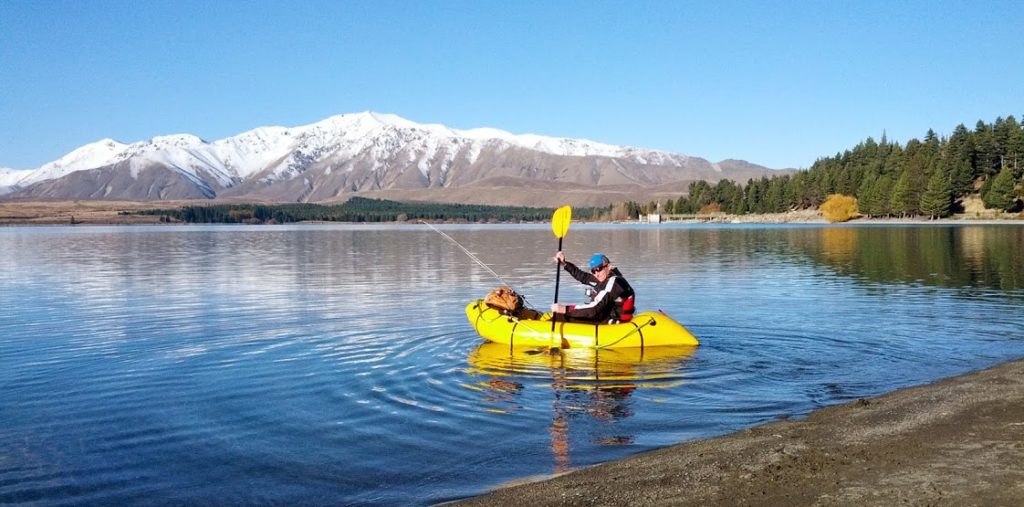
Bonus tips and takeaways (because there was too much good stuff):
- Always complete proper research on route, regulations, weather, current conditions, required equipment and food, etc – Tim Macartney Snape
- If in doubt, use a guide or get the training you need in advance – Mike Welling
- Remember, carrying a PLB is not a substitute for ability – Gemma Woldendorp
Chatting to these five explorers it became clear pretty quickly that safety on adventures isn’t about practical considerations like checking the weather report, having the right gear, or leaving your trip intentions with someone responsible. These should be a given.
What’s harder is knowing your own limits, knowing your own abilities (and those of the people you’re adventuring with), never assuming you’re immune to risk or mistakes because you’re experienced, and taking the time to plan and prepare properly – every single time.
*feature image courtesy of Gemma Woldendorp







